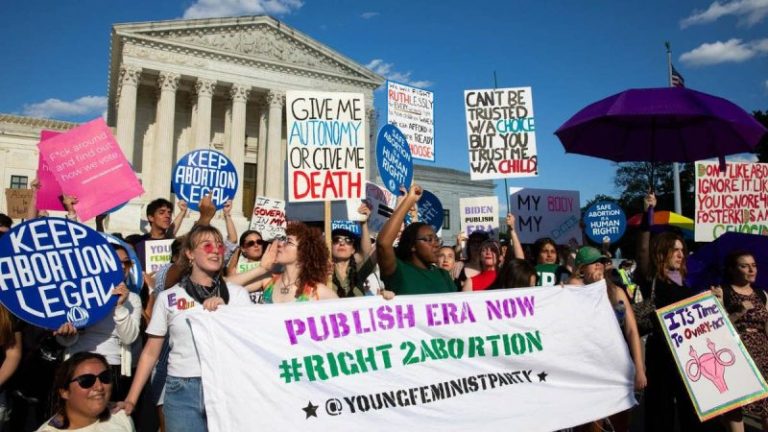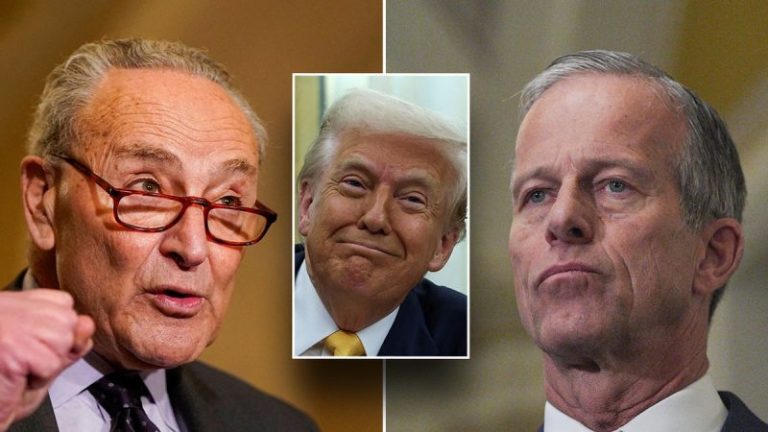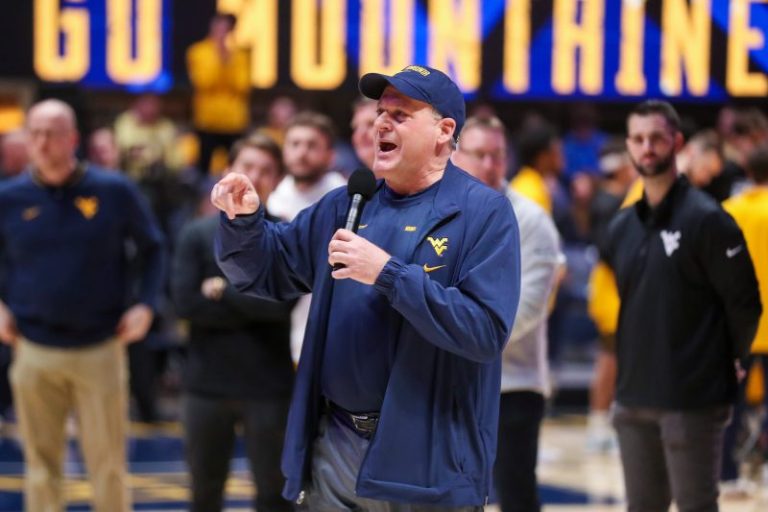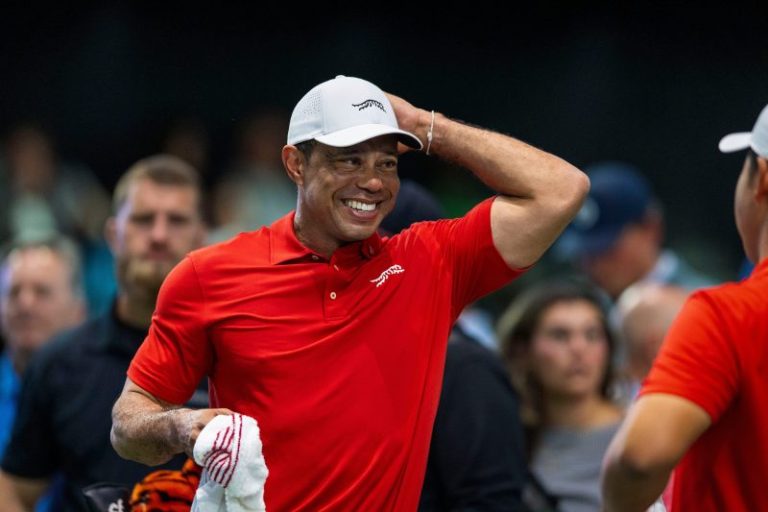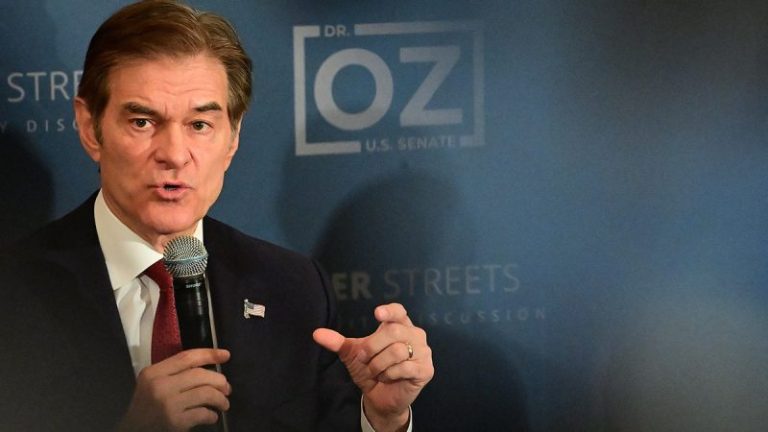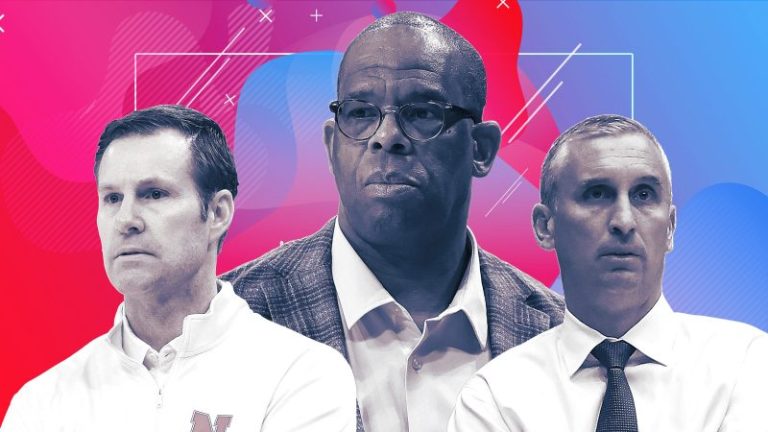The ‘hostile political climate’ of the Trump administration means that states must ‘rethink’ their mandated abortion reporting requirements and ‘vigorously oppose new ones,’ according to the nation’s leading abortion research institute. But one pro-life activist told Fox News Digital such a move would be a ‘serious mistake.’
A Guttmacher Institute policy analysis report published this month concluded that ‘the benefits of state-mandated abortion reporting no longer outweigh the risks, a shift that is likely to accelerate as anti-abortion policymakers double down on punitive approaches to data collection while using the resulting data to further restrict abortion rights and access.’
‘The enactment of abortion reporting requirements for purely political reasons and their increasing weaponization against patients and providers are clear indications that the harms of this mandatory data collection now outweigh its benefits,’ researchers for the pro-abortion rights group said. ‘To prevent further harms, policymakers at all levels of government should work to remove existing reporting requirements and vigorously oppose new ones, along with any attempt to tie federal funding to abortion reporting.’
Guttmacher, which is considered the gold standard for accurate abortion statistics since it provides more comprehensive data and receives more reporting than the federal Centers for Disease Control and Prevention (CDC), recommended that, instead of doing away with reporting altogether, state policymakers should implement a voluntary form of data collection.
Pro-life advocates object to the Guttmacher recommendation.
‘Rolling back state-mandated abortion reporting would be a serious mistake,’ Mia Steupert, research associate at Charlotte Lozier Institute, a pro-life research group, said in a statement to Fox News Digital.
‘Considering Dobbs placed the authority to enact protections for unborn children in the hands of the American people and their elected representatives at the federal and state levels, it’s critical to have access to good data so that the impact of those abortion policies can be evaluated,’ Steupert said, referring to the 2022 ruling overturning Roe v. Wade.
The normative practice of abortion data collection comes primarily from states that report their numbers to the CDC. The data is then compiled to give a snapshot of how many abortions there are nationwide, the age of the mother and how far along she was. However, while most do, not every state requires abortion providers, hospitals and other medical providers to report their numbers.
Currently, 46 states and the District of Columbia have some form of mandated abortion reporting, according to the institute. California, Maryland, Michigan and New Jersey do not require reporting.
‘Even the CDC agrees that accurate abortion data is important for public health in terms of measuring unintended pregnancies and tracking changes in clinical practice,’ Steupert said. ‘Ending state reporting requirements would give the abortion lobby a monopoly on abortion reporting, leaving the American people in the dark about the horrific realities of abortion.’
The information gathered in abortion reports varies by state but generally includes details such as the names of the medical facility and clinician involved in the abortion service. Demographic data on the person receiving an abortion, including age, race, ethnicity, marital status, place of residence, gestational age of the pregnancy, the type of abortion elected and number of previous live births are also included.
In a statement to Fox News Digital, a spokesperson for Guttmacher said their ‘recommendation isn’t an argument against states collecting abortion data, but a discussion of the risks and burdens of how it’s collected.’
‘Ending government-mandated abortion reporting does not contradict the collection of rigorous and accurate abortion data. We urge states to consider changing their laws and regulations to switch to voluntary models of data collection, which can produce high quality data while protecting the safety and privacy of patients and providers. We strongly oppose the intrusive and punitive federal abortion reporting mandate laid out in Project 2025,’ the spokesperson said.
Project 2025 refers to a policy blueprint by the conservative Heritage Foundation think tank and is not an official Trump administration policy guide.
The report comes nearly three years after the U.S. Supreme Court overturned Roe v. Wade – the 1973 decision guaranteeing a woman’s right to abortion – and many states have since enacted abortion bans.
The Trump administration also rolled back a Biden-era executive order that federally funded abortion services, re-enacting the Hyde Amendment, which bars the use of federal taxpayer dollars for elective abortions.

